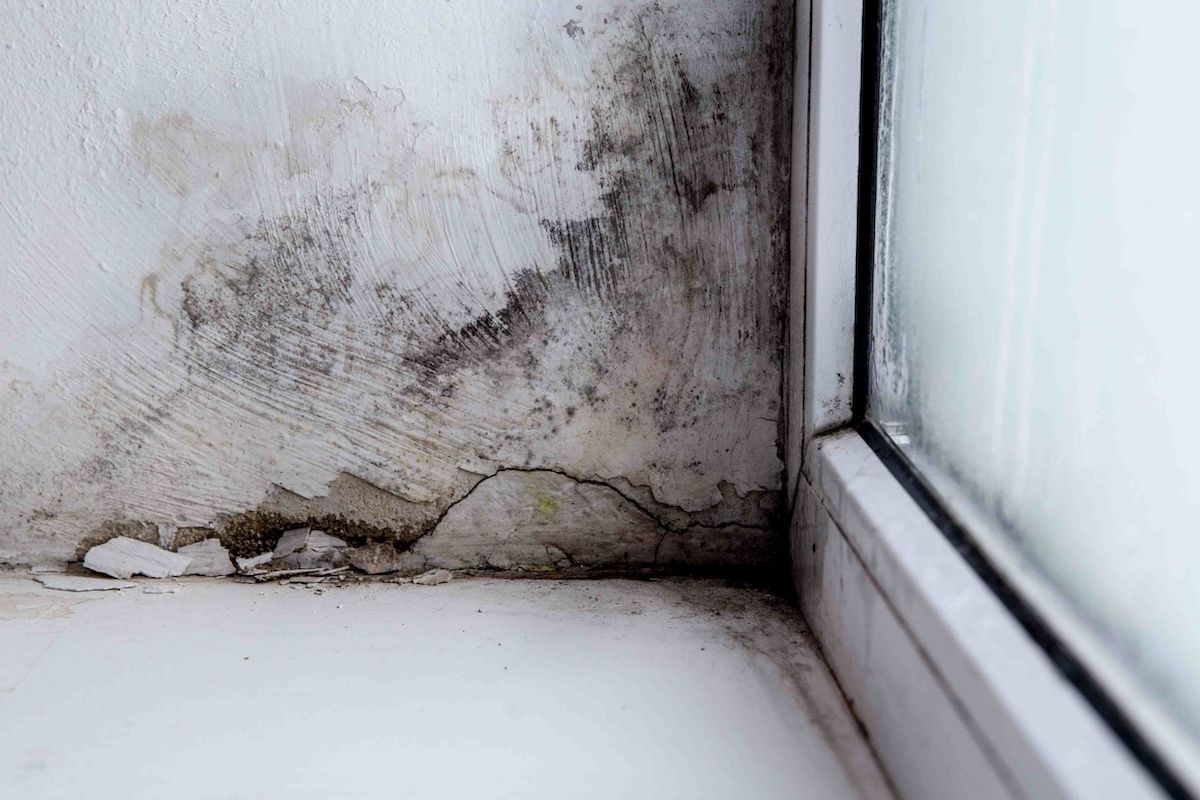Reliable Post Mold Remediation Cleaning Protocols
Reliable Post Mold Remediation Cleaning Protocols
Blog Article
Effective Blog Post Mold And Mildew Removal Solutions for Your Home
Mold and mildew development in homes can be a consistent concern, commonly requiring a methodical technique for reliable post-remediation services. From comprehending the aspects that contribute to mold and mildew advancement to implementing appropriate cleaning methods and moisture control actions, the procedure can be elaborate yet vital for preserving a healthy living atmosphere. In addition, checking out all-natural remediation options and establishing a routine for ongoing maintenance are vital parts of a thorough mold removal technique. As home owners strive to address mold and mildew concerns, finding one of the most effective solutions becomes vital for the health of their households.
Understanding Mold Development Factors
Mold and mildew development is influenced by a range of aspects that are critical to comprehend in order to properly attend to and stop its proliferation. Understanding these variables is necessary in carrying out successful mold and mildew removal approaches. The primary element adding to mold growth is wetness. Mold spores require dampness to grow and sprout, making damp or wet environments extremely susceptible to mold and mildew invasions. Poor ventilation can likewise bring about moisture buildup, developing an optimal breeding ground for mold.

Additionally, airflow and light exposure can affect mold and mildew development. Areas that do not have appropriate air flow and natural light are extra prone to mold and mildew growth. By addressing these factors adequately, people can properly minimize mold and mildew growth and protect their living settings.
Appropriate Mold Cleansing Methods
Making use of efficient cleansing approaches is necessary in stopping the recurrence and addressing of mold contamination in indoor environments. The initial step in appropriate mold cleaning is to contain the affected area to stop the spread of spores to uncontaminated locations.

Implementing Wetness Control Actions
To efficiently prevent mold growth and contamination in indoor settings, implementing moisture control measures is paramount. Wetness is the primary element that gas mold Post Remediation Inspection near me and mildew development, making it important to manage moisture degrees within the home. One effective measure is to make use of dehumidifiers to maintain indoor moisture levels listed below 60%. In addition, making certain correct ventilation in locations susceptible to moisture build-up, such as kitchen areas and bathrooms, can aid lower the danger of mold and mildew development. Frequently evaluating and repairing any leakages in pipes, roofs, or windows is additionally crucial in avoiding excess wetness accumulation. Making use of exhaust followers while food preparation or bathing, and enabling air flow by maintaining furnishings a little far from wall surfaces can help in wetness control. Furthermore, making use of moisture-resistant products in high-humidity locations, such as mold-resistant drywall and paints, can be advantageous. By faithfully carrying out these wetness control measures, house owners can properly reduce the possibility of mold and mildew recontamination and maintain a healthy and balanced interior environment.
Utilizing All-natural Remediation Solutions
After effectively applying wetness control actions to prevent mold growth in indoor atmospheres, homeowners can now explore the efficiency of natural remediation solutions in maintaining a healthy living room. All-natural remediation options make use of environmentally pleasant techniques to deal with mold and mold, making them a preferred selection for those seeking safe options. By incorporating these all-natural remediation remedies into their cleansing regimens, homeowners can effectively fight mold and mildew development while promoting a much healthier indoor setting for themselves and their households.

Preserving a Mold-Free Setting
On a regular basis checking areas prone to mold and mildew development, such as washrooms, attic rooms, kitchen areas, and basements, is vital. Correct air flow in locations with high humidity levels is additionally crucial to stopping mold growth.
Additionally, preserving sanitation in the home is important for mold avoidance. Keeping interior plants in check and making certain proper drain in exterior landscape design can minimize wetness build-up, lowering the possibility of mold and mildew problems.
Conclusion
To conclude, it is necessary to resolve mold growth variables, make use of appropriate cleaning strategies, carry out wetness control measures, make use of natural removal services, and keep a mold-free atmosphere in order to effectively manage article mold removal in your home - testing air quality after mold remediation. By adhering to these methods, you can prevent mold and mildew from recurring and make sure a healthy and balanced living atmosphere for you and your family members
The primary aspect contributing to mold and mildew growth is dampness. Mold spores need dampness to germinate and prosper, making moist or moist environments extremely susceptible to mold invasions.To effectively avoid mold and mildew development and contamination in interior environments, carrying out dampness control measures is vital. In addition, ensuring appropriate air flow in locations vulnerable to moisture build-up, such as restrooms and kitchen areas, can help reduce the danger of mold growth.After successfully carrying out dampness control measures to prevent mold growth in indoor environments, house owners can currently discover the performance of natural remediation solutions in maintaining a healthy living space.
Report this page